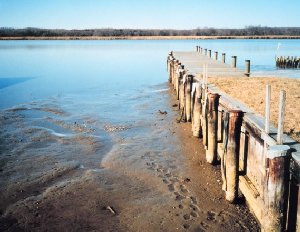An extreme low tide in winter. Image taken of the Maryland coastline on January 1, 1998. In this image, you can see small pools of water left when the tide went out and footprints of someone who walked in the sand during low tide. Both of these features will be covered up when the tide begins to increase again and the water level rises.
Click on image for full size
Courtesy of NOAA
Related links:
Sea Level
Tide Glossary Supported by Manly Hydraulics Laboratory
NOAA's Tide Tables - Tides Online
Tidewater Map of the lower Chesapeake Area Where the HIGH TIDE project is making measurements of the water in the area...
NOAA's homepage National Oceanic and Atmospheric Administration
Resources for Teaching about Oil Spills
Tidewater
Have you ever walked along the same beach at different times during the day? Did you notice that sometimes the
water was higher up on the beach than at other times? Changes in the height of ocean water on a beach are often caused by tides. When the ocean comes the highest up on the beach, it is called high tide. When the water is farthest out, it is called low tide. High tide might wipe out a sand castle you built that was on dry sand before! Low tide might give you the chance to look for more sea shells! One thing is for sure, low tide can look really different than high tide!
Tidewater is water that is affected by tides. A tidewater region is a region that is affected by tides. When you hear someone say they live on the coast of an ocean or sea, they live in a tidewater region. Rivers that flow into the ocean, estuaries, and salt marshes are also affected by the tides and so are important parts of a tidewater region.
Last modified June 1, 2010 by Lisa Gardiner.
You might also be interested in:
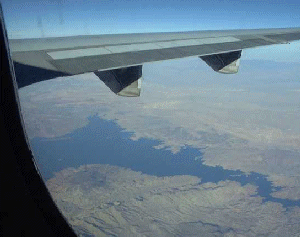
Rivers are very important to Earth because they are major forces that shape the landscape. Also, they provide transportation and water for drinking, washing and farming. Rivers can flow on land or underground
...more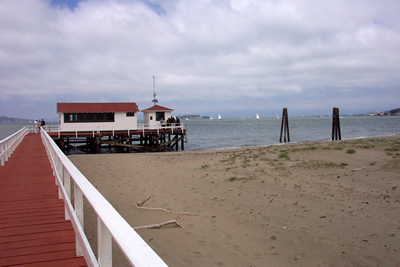
Sea level is the height of the ocean surface. Scientists measure sea level to figure out how much sea level rise is happening now because of global warming. If you tried to draw a flat line at the top
...more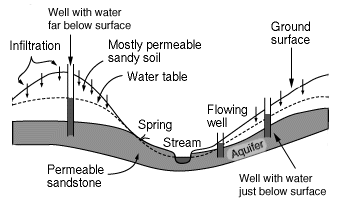
An aquifer is the name for a layer of rock which is capable of holding a large amount of water. Some layers are better at holding water than others, for example a layer of sandstone can hold a good deal
...more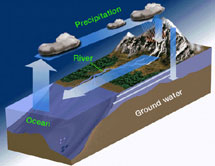
Limestone is an example of a carbonate. Other examples of carbonates include calcite, dolomite, and marble. Limestone dissolves easily in rainwater, especially rainwater which is loaded with carbonic acid.
...more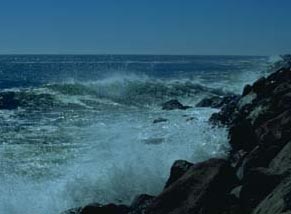
Have you ever left a glass of water out for a long time? Did you notice that the water disappears after a few days? That's because it evaporated! Evaporation is when water passes from a liquid to a gas.
...more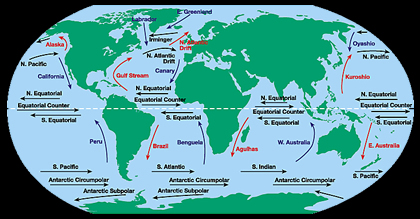
The water at the ocean surface is moved by powerful wind. The wind is able to move the top 400 meters of the ocean. This moving water is called surface ocean currents. Surface ocean currents form large
...more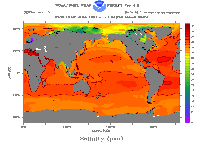
Almost 3/4 of the Earth is covered with water. Almost all of that water is in the oceans. Have you ever been swimming in the ocean? If you have and you accidentally got water in your mouth, you know the
...more


